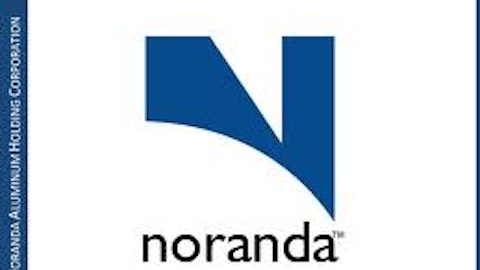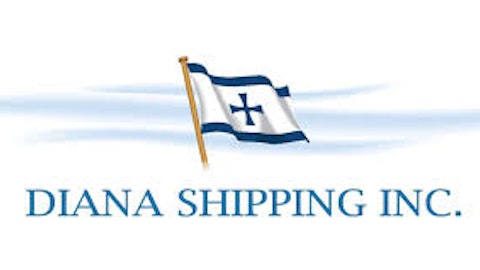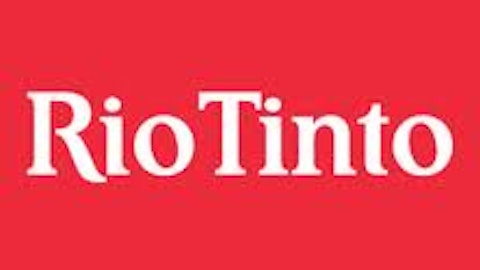A 13D filed with the SEC has disclosed that JANA Partners, an activist and value hedge fund managed by Barry Rosenstein, owned 5.8 million shares of Ashland Inc. (NYSE:ASH), a $6.7 billion market cap diversified chemicals company. JANA recently failed in its attempt to gain board seats at agricultural products wholesaler and retailer Agrium Inc. (USA) (NYSE:AGU) in an effort to push that company into breaking up those two businesses. We track quarterly 13F filings from hedge funds, including JANA, as part of our work developing investment strategies (we have found, for example, that the most popular small cap stocks among hedge funds generate an average excess return of 18 percentage points per year) and so we can see that at the end of December the fund had not owned any shares. See which stocks JANA reported owning. In the 13D, JANA did not specify any specific moves it is looking for from Ashland Inc. (NYSE:ASH) but mentions that it has had conversations with management “…and may take other steps seeking to bring about changes to increase shareholder value.”
The first quarter of Ashland Inc. (NYSE:ASH)’s fiscal year ended in December 2012. Revenue was down slightly compared to the same period in the previous fiscal year, but the company more than made up for it with lower costs with the result being a large percentage increase in earnings. Ashland Inc. (NYSE:ASH) has four business segments, each of which is responsible for at least 18% of sales. The largest changes within these segments from the last quarterly report were a decline in both revenue and earnings in Performance Materials, and a significant widening of operating margins at Consumer Markets (the other two segments are Specialty Ingredients and Water Technologies). Wall Street analyst expectations for the fiscal year ending in September 2014 result in a forward P/E of 10, with future growth resulting in a five-year PEG ratio of 0.9.
Atlantic Investment Management was the largest holder of the stock at the end of December out of the filers which we track, with a position of 2.4 million shares (find Atlantic’s favorite stocks); note that this was much lower than what JANA currently owns. Ralph Whitworth’s Relational Investors was another major shareholder, reporting ownership of 1.7 million shares (check out Whitworth’s stock picks). Renaissance Technologies, founded by billionaire Jim Simons, was buying shares between October and December, closing 2012 with a total of about 430,000 shares in its portfolio (research more stocks Renaissance was buying).
Other diversified chemicals companies include Eastman Chemical Company (NYSE:EMN), FMC Corp (NYSE:FMC), Celanese Corporation (NYSE:CE), and Braskem SA (ADR) (NYSE:BAK). These peers are valued between 9 and 13 times their forward earnings estimates, meaning that the pricing of Ashland Inc. (NYSE:ASH)’s stock is very much in line with the rest of the industry. Eastman and FMC each experienced a double-digit increase in revenue in their most recent quarter compared to the same period in the previous year, potentially indicating that those businesses are in better shape than Ashland (we would note, however, that their trailing P/Es are fairly high; they only pull in line with the other chemical companies through expected improvements in earnings). Braskem pays a decent dividend yield, but it is actually unprofitable on a trailing basis and so we would avoid it from a value perspective. Celanese’s sales slipped a bit in its last quarterly report compared to the fourth quarter of 2011, though the stock is cheap enough that it might be fairly valued if the company can sustain its current performance.
Of course, we imagine that part of JANA’s investment thesis will involve some sort of special situation- the fund has bought up a large stake in the company very quickly, and so may push for some kind of transaction or merely want Ashland to return more cash to shareholders (the company does have about $500 million in cash on its balance sheet, or about 1 turn of EBITDA). As a result comparisons to similar companies, while they do show that Ashland’s valuation is reasonable as things stand compared to its peers, might underestimate the upside that Rosenstein and his team are seeking here.
Disclosure: I own no shares of any stocks mentioned in this article.






